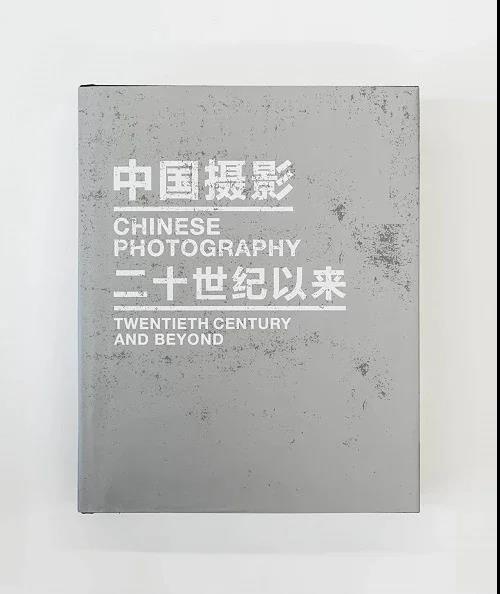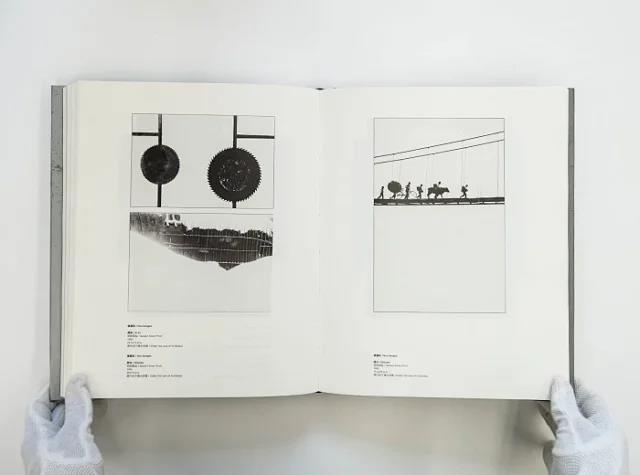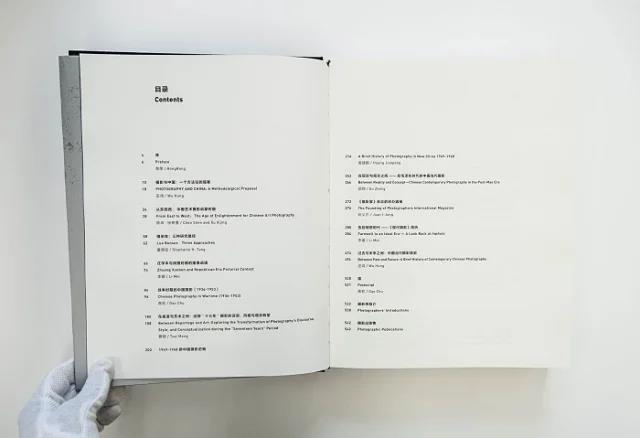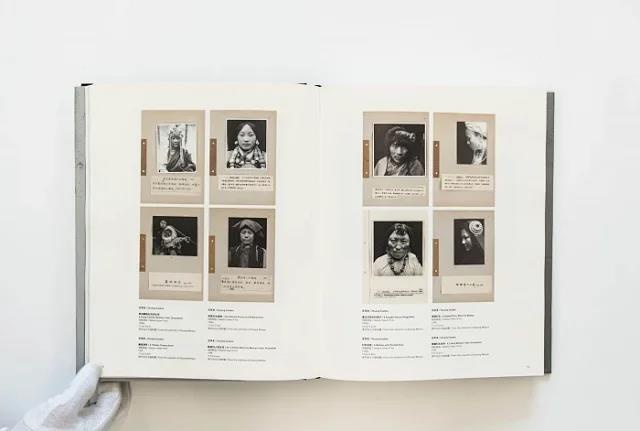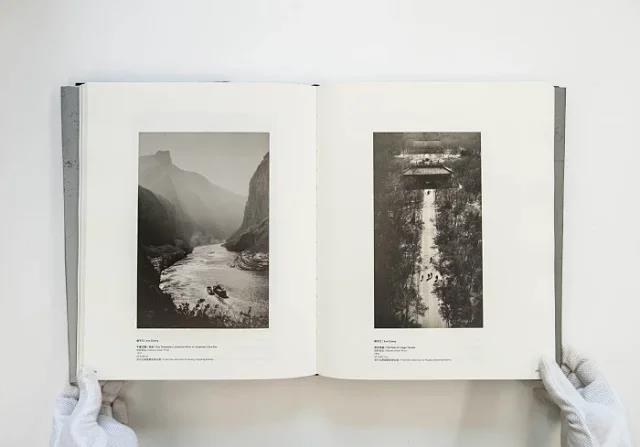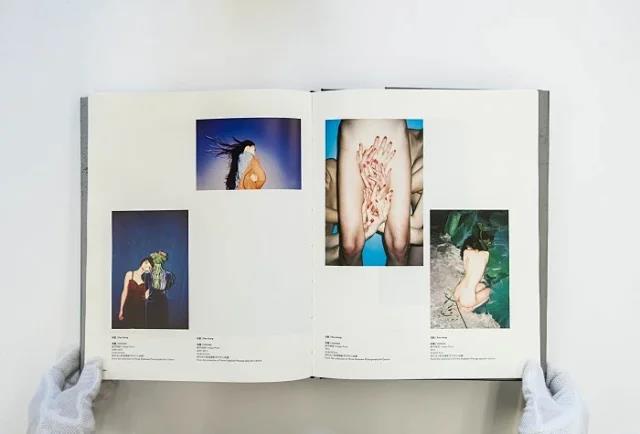Preface
RongRong
Upon reflection, I must credit the "Yu-Jian Oracle International Curators Conference" as the reason for organizing this exhibition, Chinese Photography: Twentieth Century and Beyond. In 2009, I remember attending the Oracle conference for the first time in Arles, France. It was an incredible meeting, with participants coming from many different countries. There was only one topic for the meeting, and that was to discuss issues related to photography. In the span of just a few days, I was deeply moved by their passion for photography. The majority of these experts have had decades of experience in the field, and include not only senior photography curators, but also collection managers of national archives.
I felt honored to participate in this special conference; I had never experienced something like this before. During the conference,we saw so many astonishing works of photography. Through the museum directors and curators' introductions, l learned important details about each piece: the processes, year, background stories... they all had been carefully preserved in local collections and archives. We can gain a lot of important information from these works. In the following years, l participated in each Oracle conference, from the meeting in Delphi, Greece two years ago to last years' in Vienna, Austria. Each meeting, each year, brought different emotions and surprises.
Within the last decade, Chinese photography has developed so quickly., yet there are many great works o photography that are still basically unknown to the public. As a public space that has only been in existence for a brief eight years,we face many important questions: how do we convey the appeal of photography to the common people? Where, in fact, is the history of Chinese photography? Growing up on this soil, we have come to appreciate the precious works of art left by our predecessors. No matter whether we want to research the artistic foundations of photography or make contributions to the future of photographic theory, we cannot abandon the history of photography. Yet until now,we've lacked Chinese photography museums, which makes it impossible for the public to experience the over hundred years of photographic development in China. In these last few months, we visited the homes of many artists, artist's relatives, and collectors throughout the country in search of photographs. We saw many masterpieces safeguarded in their hands, however we also observed another phenomenon: many photographers did no protect their vintage prints, so that some early masterpieces have already eroded, which is a shame.
From the very beginning, this exhibition would not have been possible without the help of our curatorial team. They gave us many constructive suggestions, allowing us to make this exhibition happen smoothly in such a short time. We would like to thank them here: Wu Hung, Chen Shen, Li Mei, Gu Zheng, Juan l-Jong, Tsai Meng, Gao Chu, Stephanie Tung, and Shen Chen.
We would also like to especially thank our participating artists. The vast majority of the exhibited works come from personal collections. Without their generous contributions, we would not have the opportunity to see these vintage prints today. They are: Huang Jianpeng Gallery, 798 Photo Gallery, China Image Gallery, Inter Gallery, See+ Gallery,H Image, Chen Shen, Juan I-Jong, Zhao Junyi, Zhuang Wenjun, Jin Youming, Jin Hua, Shi Zhimin, Wu Wei, Gao Chu, YuDeshui, Li Mei, Tong Bingxue, He Ming, and others.
Lastly, I want to thank the Social Archive of Chinese Photography at the Chinese Academy of Art. Without their support, we would not have this beautiful catalogue. We must thank Mr.Gao Chu in particular for his efforts in facilitating the joint organization of this exhibition and conference by Three Shadows and the China Academy of Art's Social Archive of Chinese Photography.
I hope the exhibition Chinese Photography: Twentieth Century and Beyond - by showing vintage prints and archival mate-rial from 1900 onward - will enable viewers to understand the progress and context of one hundred years of photography in China. Due to the limitations of time and space, we were only able to show a rough framework of the history of Chinese photography, however I hope that we can enrich and fortify it through exhibitions in the future. We wish "The 33rd Yu-Jian Oracle International Curator Conference" great success.
October 9th, 2015
